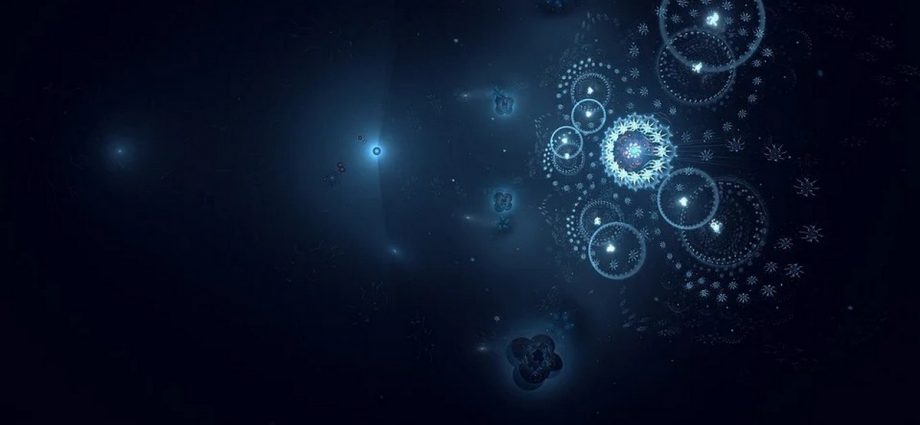There are 82 stars that can be seen with the naked eye in the constellation on a very clear night sky. Lyra is not a member of the Zodiac group of twelve constellations that appear when the Sun sets.
Is Vega a single star?
Vega is only about a tenth our sun’s age, but it will run out of fuel in only another half-billion years. In astronomer-speak, Vega is an “A0V main sequence star.” The “A0” signifies its temperature, whereas the “V” is a measure of energy output (luminosity), indicating that Vega is a normal star (not a giant).
Is Vega a double star?
Bottom line: Epsilon Lyrae, near Vega in the constellation Lyra, is known as the Double-Double star because it appears as two stars through binoculars, and each of those are further resolved into two stars through a telescope.
What type of star is Lacaille?
Lacaille 9352 (Lac 9352) is a red dwarf star in the southern constellation of Piscis Austrinus. With an apparent visual magnitude of 7.34, this star is too faint to be viewed with the naked eye except possibly under excellent seeing conditions.
Is Epsilon Eridani brighter than the sun?
Epsilon Eridani is a fourth magnitude (on the bright side, 3.73) class K (K2) ordinary, though relatively young, hydrogen-fusing dwarf. … Its temperature of 5080 degrees Kelvin (88 percent that of the Sun) and low luminosity (34 percent solar) tell of a lower mass, just 83 percent that of the Sun.
What is the color of 40 Eridani B?
40 Eridani B is not part of the Eridanus constellation outline but is within the borders of the constellation. Based on the spectral type (DA) of the star, the star’s colour is white. 40 Eridani B is a Binary or Multiple star system.
How long does the Vega star stage last?
Since more massive stars use their fusion fuel more quickly than smaller ones, Vega’s main-sequence lifetime is roughly one billion years, a tenth of the Sun’s. The current age of this star is about 455 million years, or up to about half its expected total main-sequence lifespan.
How far is the star Vega?
The bright star Vega, which is just 25 light years—or about 150 trillion miles—from Earth might be best known in popular culture as the origin of an extraterrestrial message in the book and Hollywood film Contact.
Why is Vega a white dwarf?
As Vega is so much bigger and hotter than Sol, however, the star will exhaust its core hydrogen after only another 650 million years or so (for a total life of around a billion years) and turn into a red giant or Cepheid variable before puffing away its outer layers to reveal a remnant core as a white dwarf.
Is Vega in the Milky Way?
Visible high above the arc of the Milky Way is the bright-blue star Vega, which shines with an apparent magnitude of 0.0 (Vega is used as the standard reference star on the scale of stellar magnitude). …
What is the biggest star?
Although it’s difficult to pin down the exact traits of any given star, based on what we know, the largest star is UY Scuti, which is some 1,700 times as wide as the Sun.
What month is Lyra best seen?
The constellation Lyra, the lyre, is best seen from June through October in the northern hemisphere. It is visible between latitudes 90 degrees and -40 degrees. It is a small constellation, covering an area of 286 degrees of the sky. It ranks 52nd in size among the 88 constellations in the night sky.
Is Antares a main sequence star?
Antares is a binary system. The primary star that can be seen with your unaided eye is the red supergiant; its companion — Antares B — is a smaller main-sequence B-type star of 5th magnitude. It’s visible but easily lost in the glare of its rival and requires a fairly large telescope to see.
Is Aldebaran a main sequence star?
Chemical Composition. Aldebaran has now evolved out of the main sequence, and has fully shifted from the fusion of hydrogen to helium at its core to the fusion to helium to carbon and oxygen, with trace activity of other nuclear processes.

